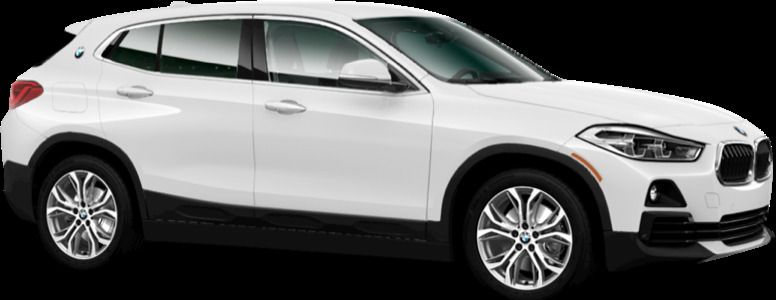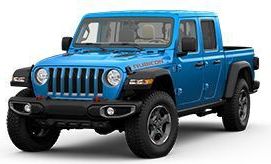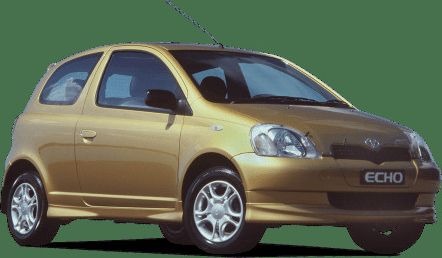Buying a used car instead of a new model is a great way to save money and get a reliable vehicle. New cars rapidly depreciate when driven off the lot, so buying used can be a smart financial move. However, taking certain steps to find and buy the right used car for your specific needs is important. This guide will outline six essential steps for finding and purchasing the perfect used car.

Step 1: Determine Your Budget
Before you start browsing for used cars, it's important to determine how much you're willing and able to spend. While monthly payment does need to be affordable, you need to look beyond that. Focus on the car's total cost, including any potential financing fees or insurance costs. Generally, spending at most 10% of your monthly income on a car payment is best.
Depending on your budget, you can opt for a newer model with lower mileage or an older model with higher mileage. For those in Calgary finding a used car under $10,000 is a common goal and can be achievable with careful research and negotiation. It's important also to consider the long-term costs of owning a car, such as maintenance and fuel expenses.
Step 2: Build a Target List of Used Cars
Vehicles like Honda, Toyota, and Ford are known for their reliability, making them great options for used car purchases. However, it's important to consider your specific needs and preferences when creating a target list of cars. A good family car may not be the best fit for someone looking for a sporty vehicle, and vice versa.

If you're planning to buy a vehicle less than five years old, you can browse used car listings on online databases. However, for older models, it's best to visit local dealerships and private sellers in person. This will give you a better idea of the car's condition and features.
Step 3: Research Potential Models
Once you have a list of target cars, it's important to research each model to determine its reliability, safety ratings, and common issues. This information can be found on websites such as Consumer Reports or Edmunds. You should also read reviews from owners of the specific models to get a better understanding of their real-life experiences with them.
A key aspect to consider is each model's maintenance and repair costs. Some cars may have a higher cost of ownership due to frequent repairs or expensive replacement parts. This information can help you decide on which used car to purchase.
Step 4: Beware of Extra Costs
Make sure that you budget for more than the advertised price of the car. Although each state has different taxes and associated costs, most places will charge sales tax on the car's purchase price. Other fees to consider include registration fees, title transfer fees, and any necessary repairs or maintenance to get the car up to your standards.
You should also research the car's ownership costs. Insurance is a big part of this expense, so compare insurance rates for the different models you're considering. Additionally, some cities may charge higher registration fees or have stricter emissions requirements, impacting your overall costs.
Step 5: Consider Certified Pre-Owned (CPO) vs. Used Cars
If you're shopping for a late-model used car or truck, consider looking at Certified Pre-Owned (CPO) vehicles. These used cars come with a manufacturer-backed warranty, typically for an additional fee. CPO cars usually undergo a thorough inspection and any necessary repairs to ensure they meet the manufacturer's standards.
While CPO cars may cost more than regular used cars, they offer added peace of mind in terms of reliability and potential repair costs. Dealerships may offer additional perks with CPO purchases, such as free oil changes or roadside assistance. The decision to purchase a CPO or regular used car ultimately depends on your budget and preferences.
Step 6: Contact the Seller and Test Drive the Car
If you're planning to purchase a used car from a dealership, you can contact them directly to schedule a test drive. For private sellers, be cautious of potential scams and always meet publicly for safety reasons. Take the car for a thorough test drive on local roads and highways to get a good idea of its performance.
Listen for unusual noises or vibrations during the test drive and pay attention to how the car handles. Before making a final decision, you should also ask for maintenance records and have a trusted mechanic inspect the car.
Following these six essential steps, you can find and buy the perfect used car that fits your budget, needs, and preferences. Remember to be patient and thorough in your search, as buying a used car is an important investment that requires careful consideration. With the right research and preparation, you can drive off in a reliable used car for a fraction of the cost of a new one.




